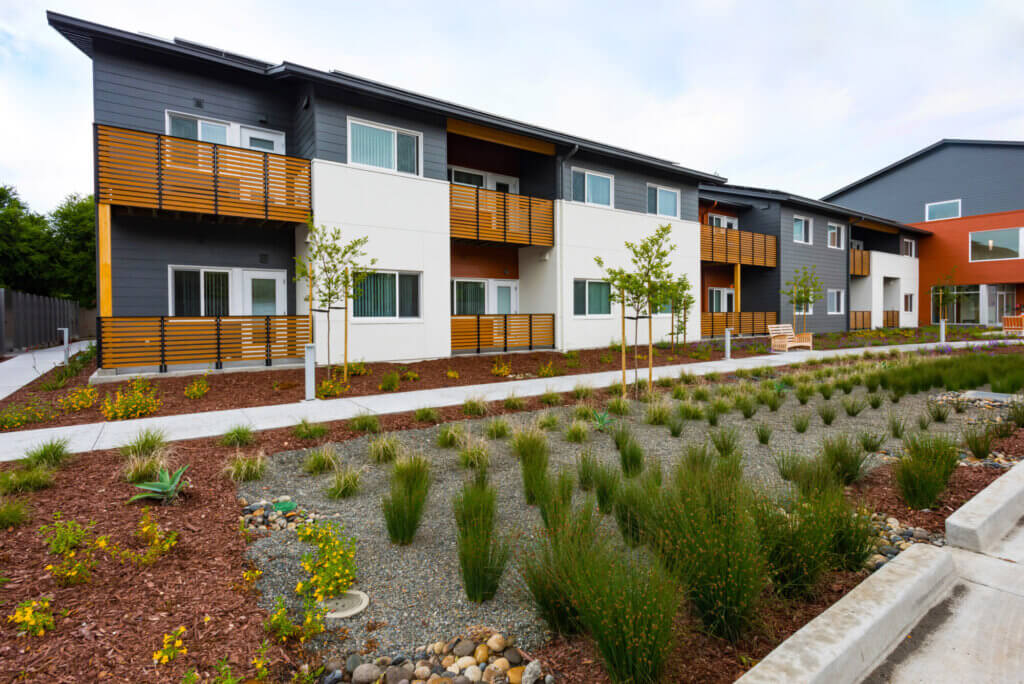The Uneven Impact of the Pandemic on the Tenants and Owners of Small Rental Properties
Published On July 13, 2021
Today the Terner Center published the results of a national survey on the pandemic’s impact on landlords and tenants of small rental properties (1- to 4-unit properties). Authored by our Postdoctoral Scholar Dr. Nathaniel Decker, the study provides critical insight into the revenue shortfalls facing owners of small properties in the past year and the slow rate at which emergency rental assistance is reaching these landlords and their tenants.
About half of U.S. renters live in small rental properties, and the majority of small rental properties are owned by non-professional landlords who typically only have one or two properties. Despite their prevalence, very little data are available on this segment of the housing market, which has made it difficult to understand how small rental property owners and tenants have fared over the past year. This study represents the responses from 1,690 rental property owners and managers in large and mid-sized U.S. metropolitan areas.
The study shows that the economic consequences of the pandemic have been deeply uneven. Respondents reported that more than 1 in 5 tenants fell behind on rent during the pandemic, with lower-income and Black tenants hardest hit by shortfalls. Overall, about 1 in 3 small rental property owners reported revenue declines in 2020, but shares climbed even higher for owners of 6 to 10 units or more and for landlords of color.
While many tenants missed rent only temporarily and have since become current, about 15% had severe delinquencies of 6 or months. The median arrears owed by tenants was about $2,200, but estimated back rents were wide ranging, with some tenants owing $4,000 or more. Owner responses to rent delinquency varied based on the amount of tenant’s arrears. While landlords overall expect their tenant to pay or plan to forgive rent for arrears of a few months, landlords plan to bring eviction claims against tenants that have the deepest arrears of more than six months as soon as moratoria are lifted. That could put between 229,000 and 1.2 million households living in small properties at risk of eviction, making the number of evictions likely a substantial increase from typical annual rates.
The study also highlights an emerging and troubling trend in the housing market: the sale of properties by small rental properties landlords. The owners of about 13 percent of the units covered in the survey reported that they have taken steps to sell off one or more units as a result of the pandemic, a response strongly associated with higher levels of revenue loss. Small rental properties have been shown to be often more affordable than other market-rate housing, and sales could have long-term consequences for the stock of lower-cost properties and properties in high-opportunity neighborhoods.
The study underscores that emergency rental assistance programs have the potential to help curb the looming eviction wave and stave off losses in the stock of naturally occurring affordable housing, but to do so they must be far more effective in raising public awareness. Large numbers of respondents, including those with COVID-19-related rent delinquencies, have never examined emergency rental assistance programs, and in some cases are unaware such programs exist.





